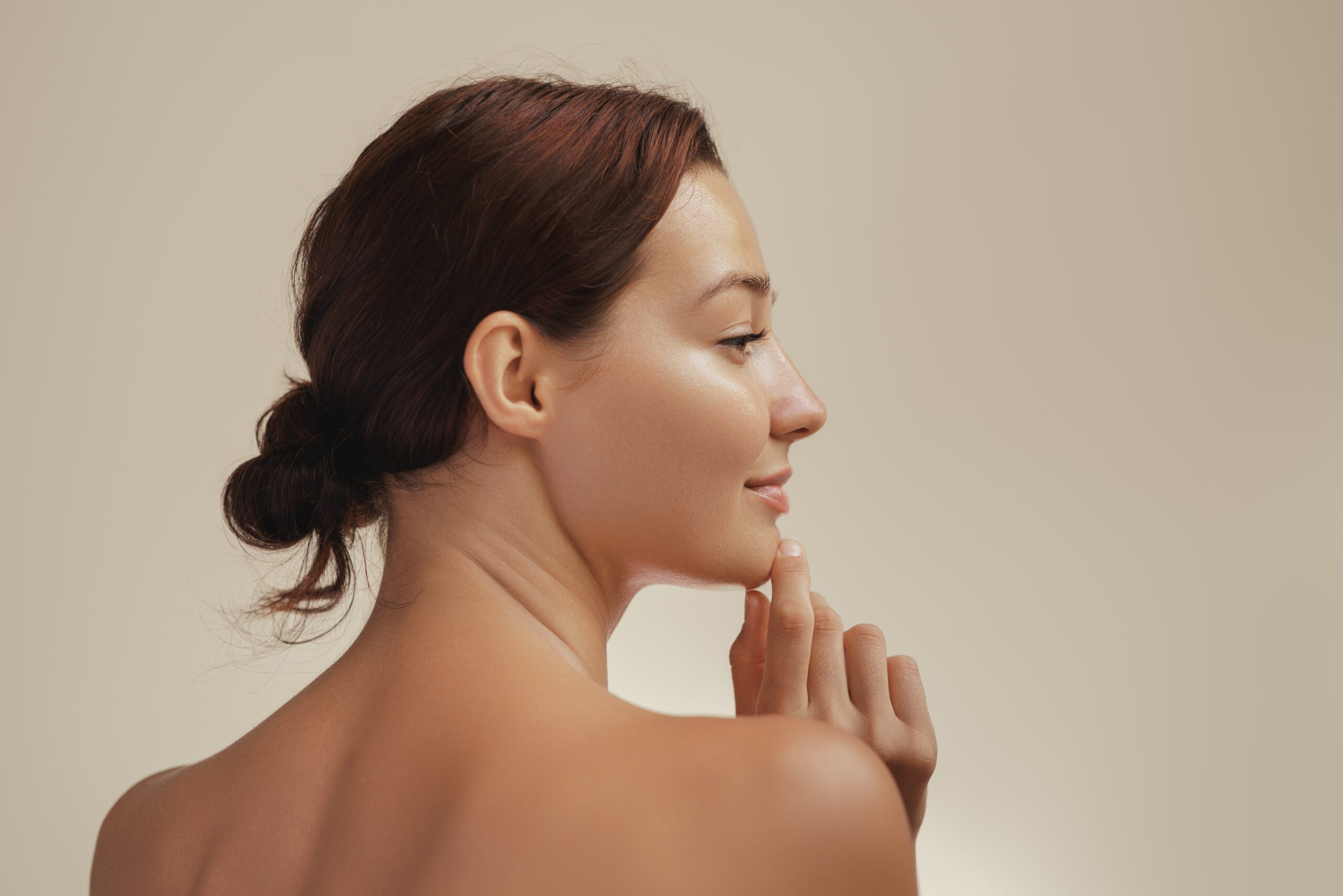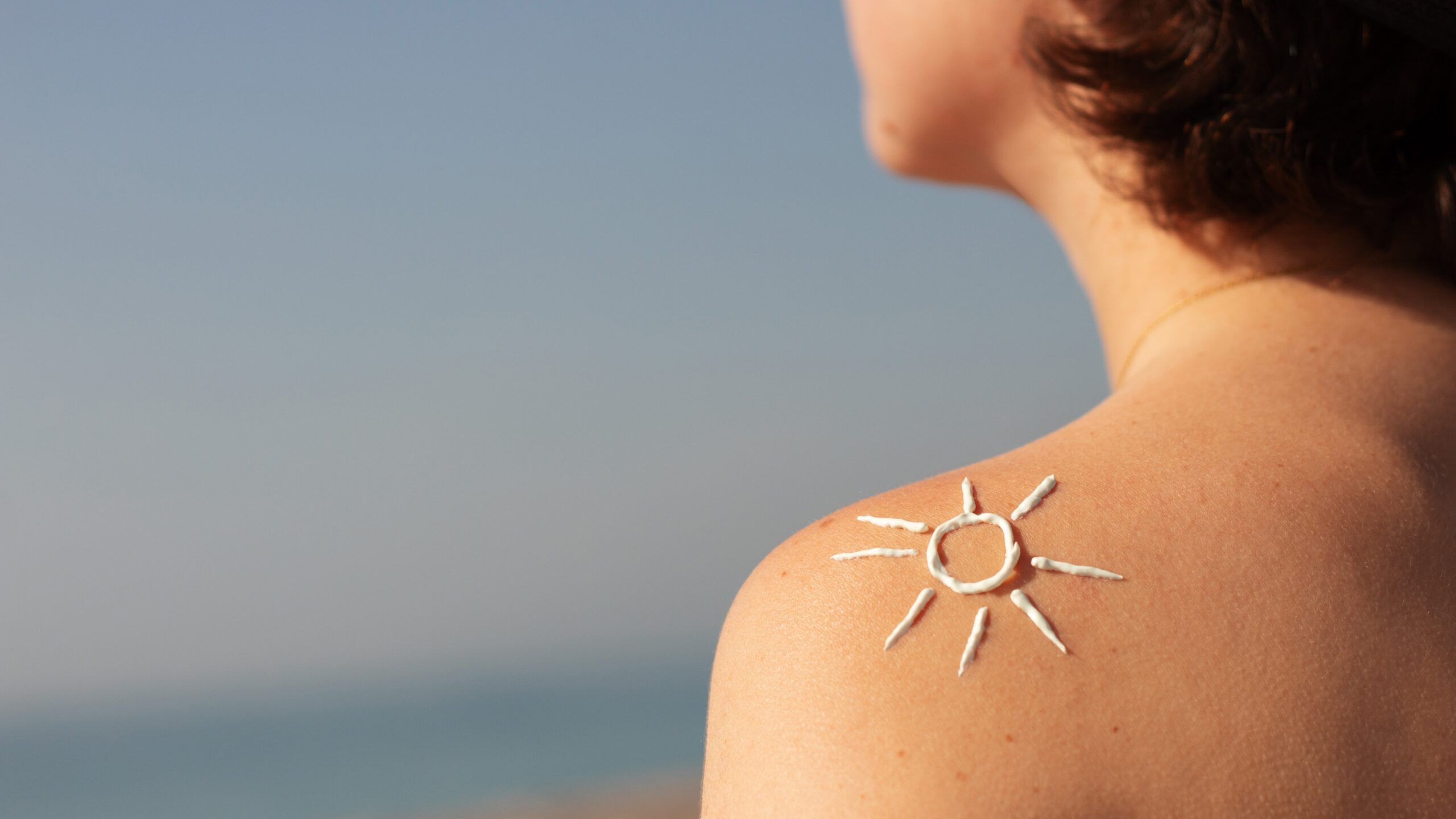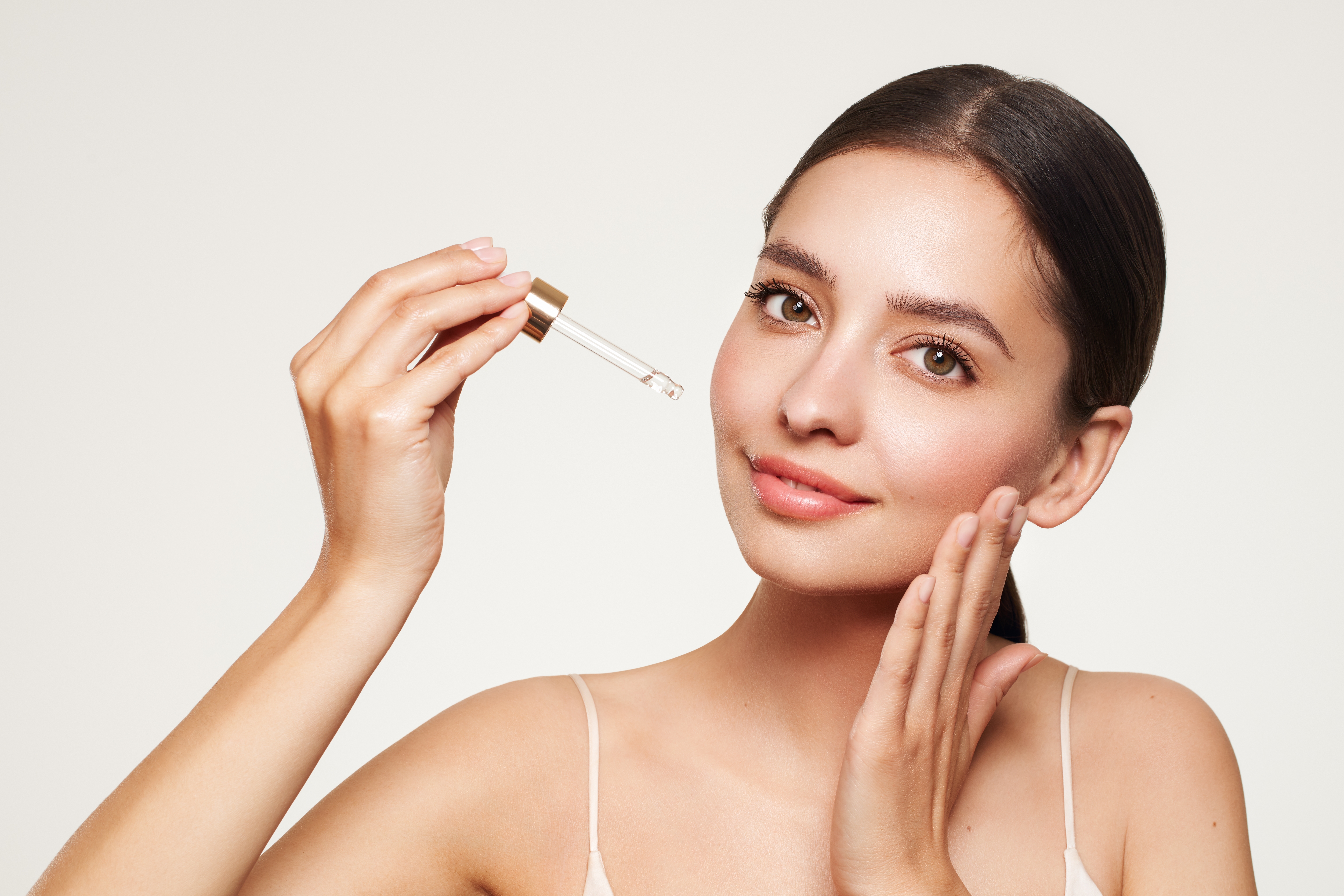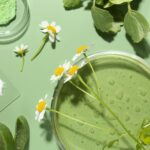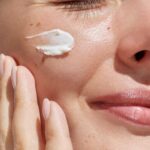From plastic-heavy packaging to single-use wipes, our beauty routines can have a bigger environmental footprint than we realise. But don’t panic — going green doesn’t mean giving up your favourite products. With a few smart swaps and mindful habits, you can make your makeup bag more sustainable while still keeping things polished, pretty and planet-friendly. In this guide, we’ll show you how to make simple eco-friendly changes — one lipstick, lotion or liner at a time.
Outline
- Why Sustainable Beauty Matters
- What Makes a Beauty Product “Sustainable”?
- 10 Easy Swaps to Make Your Routine Greener
- Packaging: Rethink, Reuse, Refill
- The Problem With Wipes (and What to Use Instead)
- Ingredients to Avoid – and Why
- Final Thoughts: Small Changes, Big Impact
Why Sustainable Beauty Matters
The beauty industry produces an estimated 120 billion units of packaging every year — much of which is not recyclable. Add to that the water use, carbon emissions and ingredient sourcing, and it’s easy to see how even a daily skincare routine can leave a lasting impact.
Sustainable beauty isn’t about being perfect — it’s about being mindful and making better choices when we can.
What Makes a Beauty Product “Sustainable”?
Not all “green” labels are created equal, but here’s what to look for:
- Minimal or recyclable packaging
- Refillable or reusable containers
- Cruelty-free and vegan (if that’s important to you)
- Ethically sourced ingredients
- Water-conscious formulas
- Clean, non-toxic ingredients (bonus points if biodegradable)
The goal is to reduce waste, protect ecosystems, and support ethical practices — while still feeling fabulous.
10 Easy Swaps to Make Your Routine Greener
Let’s start small — here are 10 practical swaps to make your beauty bag more sustainable:
| Instead of… | Try This Eco-Friendly Alternative |
|---|---|
| Make-up wipes | Reusable cotton pads or bamboo cloths |
| Plastic cotton buds | Biodegradable bamboo sticks |
| Disposable razors | Safety razor with replaceable blades |
| Liquid shampoo in plastic | Shampoo bars or refill stations |
| Conventional deodorant | Refillable or paper-tube deodorants |
| Sheet masks in foil packets | Washable silicone mask + serum combo |
| Plastic toothbrush | Bamboo or recyclable electric heads |
| Foundation in plastic bottle | Glass or refillable compacts |
| Aerosol dry shampoo | Dry shampoo powders in recyclable tins |
| Lip balm tubes | Compostable or refillable containers |
🌿 These swaps are budget-friendly, easy to find, and often better for your skin, too.
Packaging: Rethink, Reuse, Refill
Packaging makes up a huge chunk of the beauty industry’s waste. Here’s how to do better:
Rethink:
- Avoid over-packaged products
- Choose brands that ship with recyclable or minimal packaging
Reuse:
- Keep empty glass jars to store jewellery, DIY scrubs or travel products
- Repurpose mascara wands for brow grooming or cleaning tools
Refill:
- Opt for brands with refill programmes (like Kjaer Weis, Charlotte Tilbury, Fenty Skin)
- Bring your own container to refill stations for things like shampoo or lotion
💡 Some stores even offer discounts when you return empties — a win for you and the planet.
The Problem With Wipes (and What to Use Instead)
Makeup wipes may seem convenient, but they’re single-use, non-recyclable, and full of preservatives that can irritate your skin and harm marine life.
The issue:
- Most contain plastic fibres
- Don’t biodegrade — they clog oceans and sewers
- Strip skin rather than cleanse it properly
The solution:
- Use washable cotton rounds or muslin cloths
- Pair with a gentle oil cleanser or micellar water
- Clean them in the wash and reuse hundreds of times
🧖 Your skin and the planet will thank you.
Ingredients to Avoid – and Why
Some ingredients are harmful to both you and the environment.
| Ingredient | Why Avoid It |
|---|---|
| Microbeads | Pollute oceans, harm marine life |
| Palm oil | Linked to deforestation (unless sustainably sourced) |
| Oxybenzone | Harms coral reefs (often in sunscreens) |
| Parabens | Potential hormone disruptors |
| Phthalates | Found in fragrance; linked to toxicity |
| Sodium lauryl sulphate (SLS) | Can cause skin irritation and water pollution |
🌱 Look for products marked “reef-safe”, “microplastic-free” and “ethically sourced” where possible.
Final Thoughts: Small Changes, Big Impact
Going green with your beauty routine doesn’t mean you need to toss everything overnight. It’s about:
- Swapping when you can
- Choosing brands that align with your values
- Making small, sustainable habits part of your routine
Eco-friendly beauty isn’t about being perfect — it’s about doing better, bit by bit.
So whether it’s ditching the wipes, reusing your serum jar, or finally trying that shampoo bar, every choice counts.
Need help building a sustainable starter kit for your makeup or skincare routine? Tell me your go-to products and I’ll help you find cleaner, greener alternatives that actually work.



